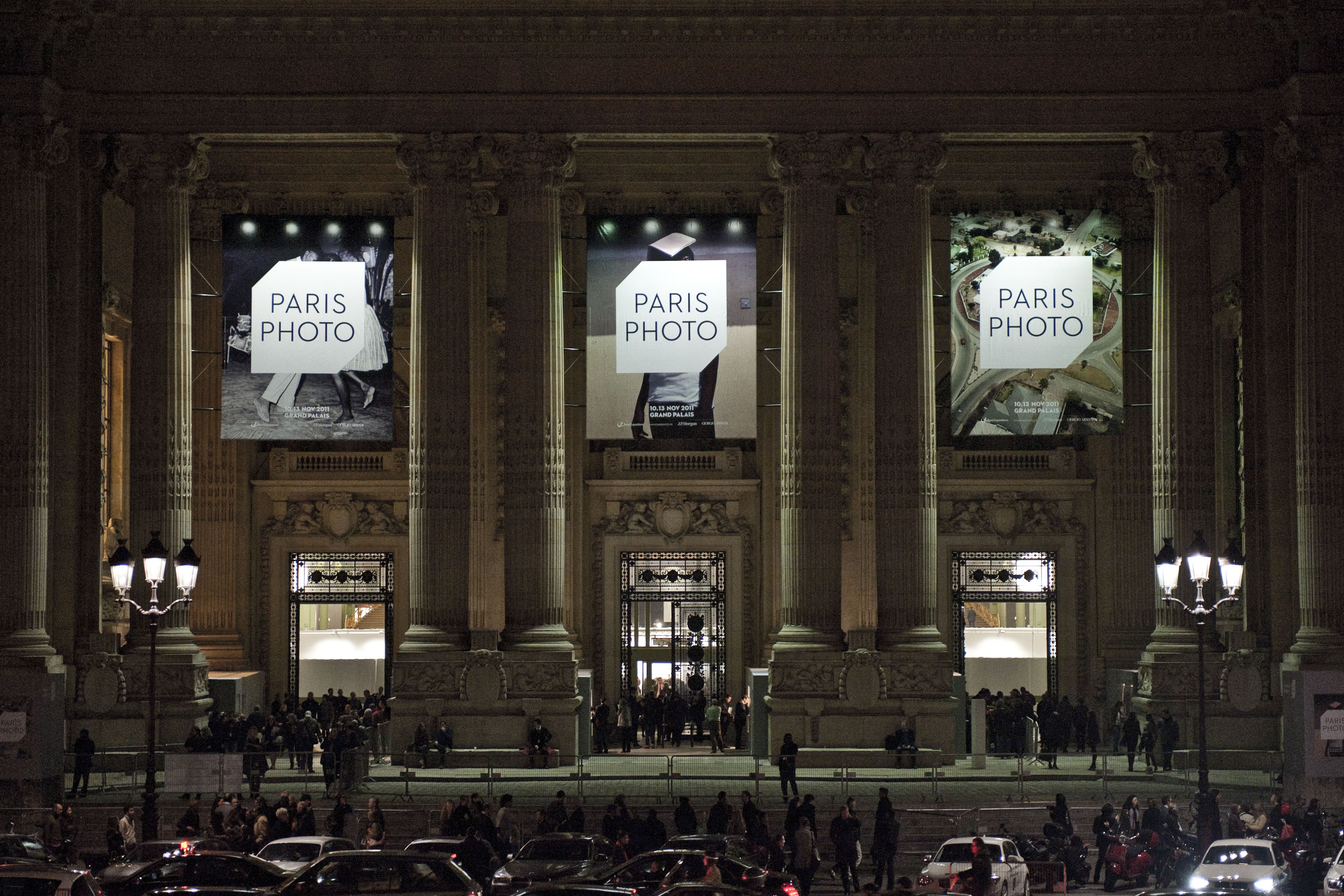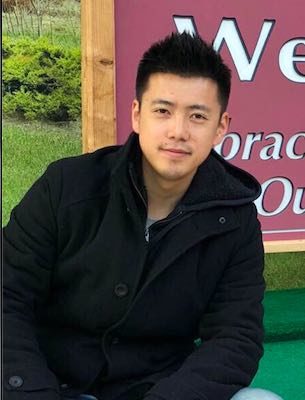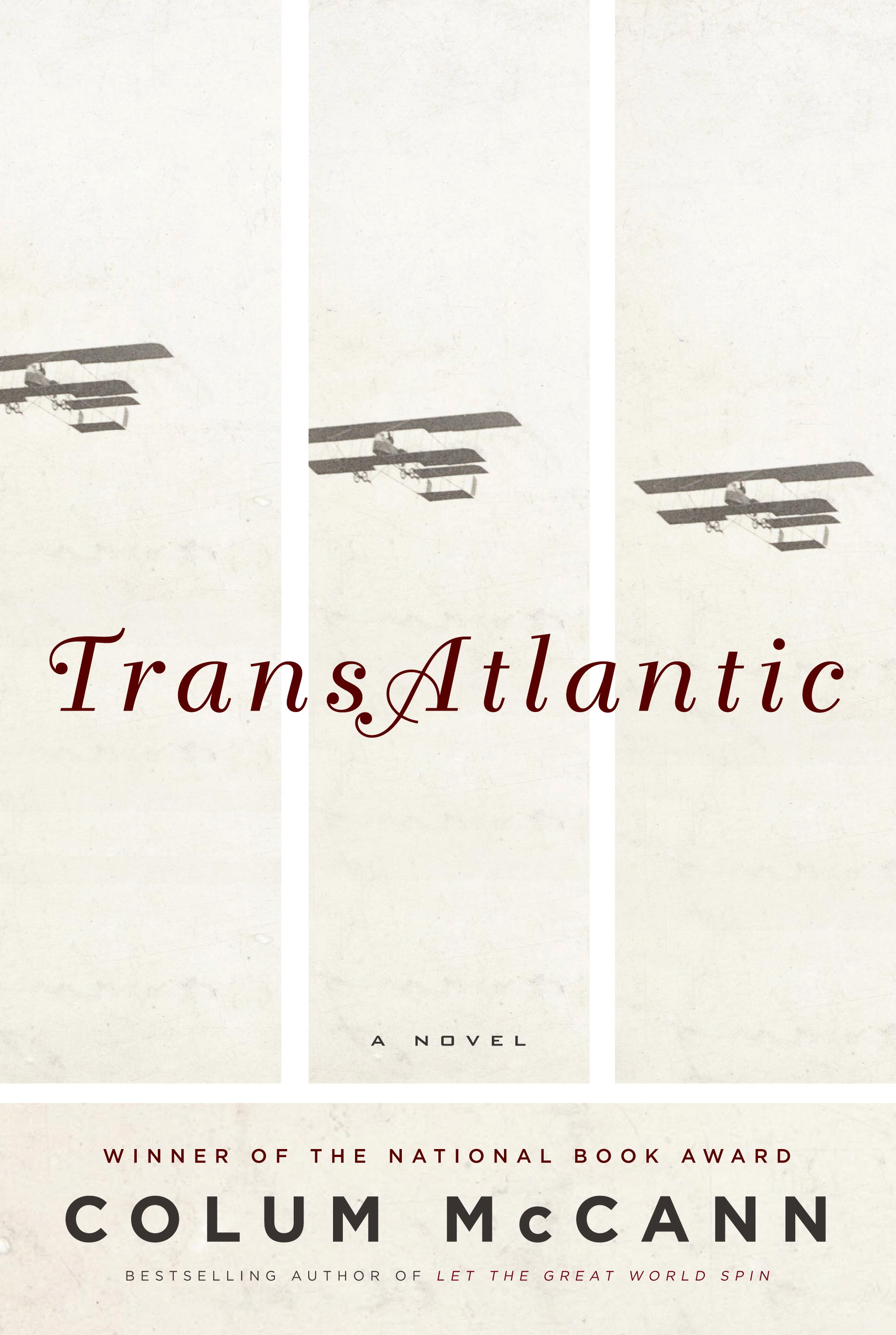A notable achievement in contemporary Spanish artistic output, Nocilla Trilogy, by Augustin Fernández Mallo, is a beguiling, humorous, and challenging collection which explores the role of writing in the 21st century. With splintered narratives threaded through hundreds of chapters of varying length—from a few sentences to over eighty pages—Fernandez Mallo illustrates his thoughtful aesthetic strategy, fueled by an epistemological urgency, to shape contemporary approaches to literature in the information age.
Nocilla Dream, Nocilla Experience, and Nocilla Lab, were originally published in Spain between 2006 to 2009, amid influential discussions about the state of Spanish literature. Frustrated by a widespread hesitation to leverage digital media and embrace new ways of reading, a group of avant-garde writers organized meetings to discuss how to disrupt the conservatism of Spanish literary production. Meanwhile, a physicist by trade, Fernández Mallo was busy writing poems and developing his own theory of “post-poetry.” Although Mallo didn’t attend these meetings, this group of writers became known as the ‘Nocilla Generation,’ after his popular first novel, Nocilla Dream.
Nocilla Dream was written as Fernández Mallo lay in bed for nearly a month after a serious accident in Thailand, flipping through television channels and scribbling thoughts on whatever paper was available. This creative process is reflected in both Nocilla Dream and Nocilla Lab through fractured prose that merges excerpts of real and fictional texts from various sources, including science magazines, music interviews, and made-up biographies. Nocilla Lab pushes formal experimentation even further by beginning with an eighty-page sentence, then switching to a typewriter font, and ending as a graphic novel.
With countless obscure and familiar references, Mallo’s project invites readers to dive headfirst into internet wormholes and explore real events like the Fluxus movement’s Yam festival in 1963 or Chicago-based outsider artist Henry Darger. And Fernández Mallo doesn’t hesitate to include his own strange creations, like a reimagined history of Che Guevara, now living under the assumed name J.J. Wilson, who vacations in Vietnam as a tourist and ponders the commodification of his own image on mass-produced goods, then purchases knock-off Ray-Bans and a pink Playboy shirt.
A text that contains such a large range of cultural touchpoints might have been intimidating to audiences before the internet existed, but in an era defined by dramatic advances in information technology, when almost everyone carries a smartphone in his or her pocket, a work like this sees the fullness of its meaning realized and its web of signification broadened—readers are in control of their own experience, whether they choose to flip through chapters as if channel surfing or google suspect scientific references.
Towards the end of Nocilla Dream, there is a section of quotes attributed to fictional critics that seem to refer to the novel itself. At once, self-deprecating and defensive, they predict criticism that might be leveled at this genre-bending text. The chapter ends with the tongue-in-cheek declaration about an unnamed work: “After reading this, we can’t look back in the same way.” Sarcastically hyperbolic, this sentiment offers insight into Fernández Mallo’s intent to point towards new ways of envisioning texts—the Nocilla Trilogy is at once a cerebral and accessible endeavor to develop written forms distinct to the 21st century.
Photo courtesy of the publisher.




